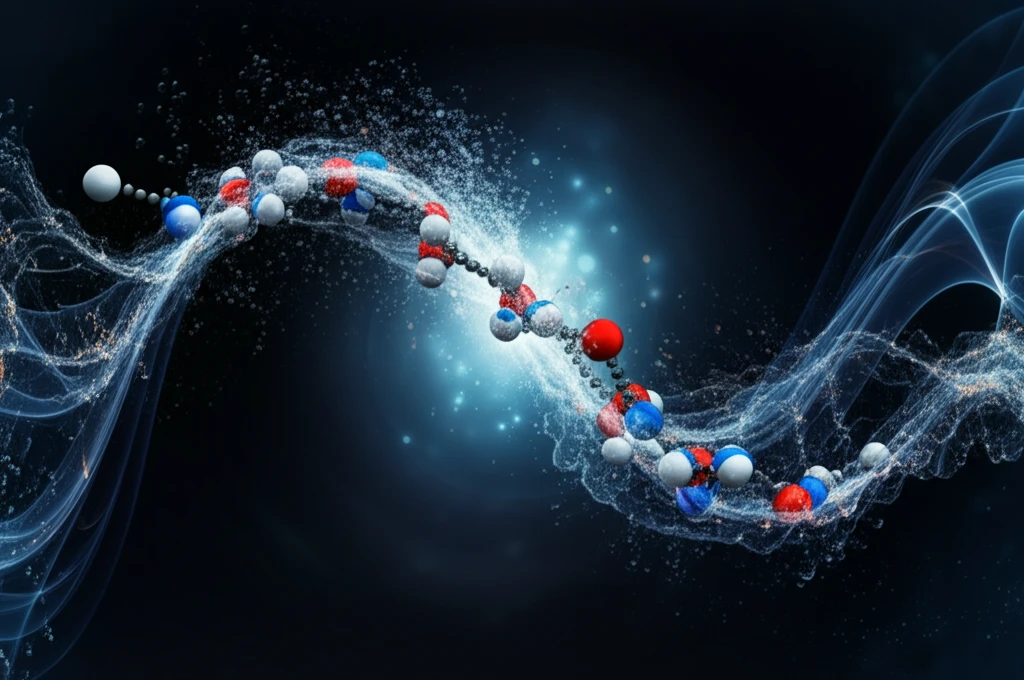
Clean Water Revolution: Harnessing Sound and Electricity to Banish Pesticides
"Discover how scientists are pioneering an innovative 'sonoelectrochemical' method to break down chlorpyrifos, offering hope for purer water sources."
In our ever-evolving world, the relentless march of industry and population growth has cast a long shadow on our planet's most precious resource: water. As water shortages become an increasingly dire global concern, the specter of pollution looms large, threatening ecosystems and human health alike. Among the most insidious of these pollutants are organic contaminants, the silent invaders that infiltrate our water systems and wreak havoc on their delicate balance.
One such troublemaker is chlorpyrifos (CPS), a widely used organophosphate insecticide that, despite its effectiveness in pest control, poses a significant environmental threat. When used excessively or carelessly, CPS can leach into our soils, contaminate groundwater, and pollute rivers, leaving a trail of ecological damage in its wake. While conventional water treatment methods often fall short in tackling this persistent pollutant, a new champion has emerged in the fight for clean water: the sonoelectrochemical (US-EC) process.
Imagine a technology that combines the power of sound waves and electricity to break down harmful pesticides into harmless substances. This is the promise of sonoelectrochemistry, an innovative approach that is capturing the attention of scientists and environmentalists alike. By harnessing the synergistic effects of ultrasound and electrochemistry, the US-EC process offers a sustainable and efficient way to rid our water sources of chlorpyrifos and other stubborn organic contaminants.
The Science Behind the Sound: How Sonoelectrochemistry Works

At its core, the sonoelectrochemical process is a sophisticated dance between sound waves and electricity. It leverages the unique properties of both to create a highly effective water treatment method. The process typically involves immersing electrodes in the contaminated water and then applying an electric current while simultaneously bombarding the solution with ultrasonic waves.
- Hydroxyl Radical Production: Water molecules are split into highly reactive hydroxyl radicals (•OH), powerful oxidizing agents that attack and break down the chlorpyrifos molecules.
- Electrode Activation: The ultrasonic waves clean the surface of the electrodes, preventing the formation of a passivation layer that would hinder the electrochemical reactions.
- Mass Transfer Enhancement: The cavitation process enhances the mixing of the solution, ensuring that the chlorpyrifos molecules are brought into close contact with the electrodes and hydroxyl radicals.
- Direct Electrochemical Oxidation: At the anode, chlorpyrifos molecules can be directly oxidized, further contributing to their breakdown.
A Promising Future for Clean Water
The sonoelectrochemical process represents a significant step forward in our fight for clean water. By harnessing the power of sound and electricity, this innovative technology offers a sustainable and efficient way to remove chlorpyrifos and other harmful organic contaminants from our water sources. While further research is needed to optimize the process and explore its application to other pollutants, the US-EC system holds immense potential for large-scale industrial applications and a future where clean, safe water is accessible to all.
